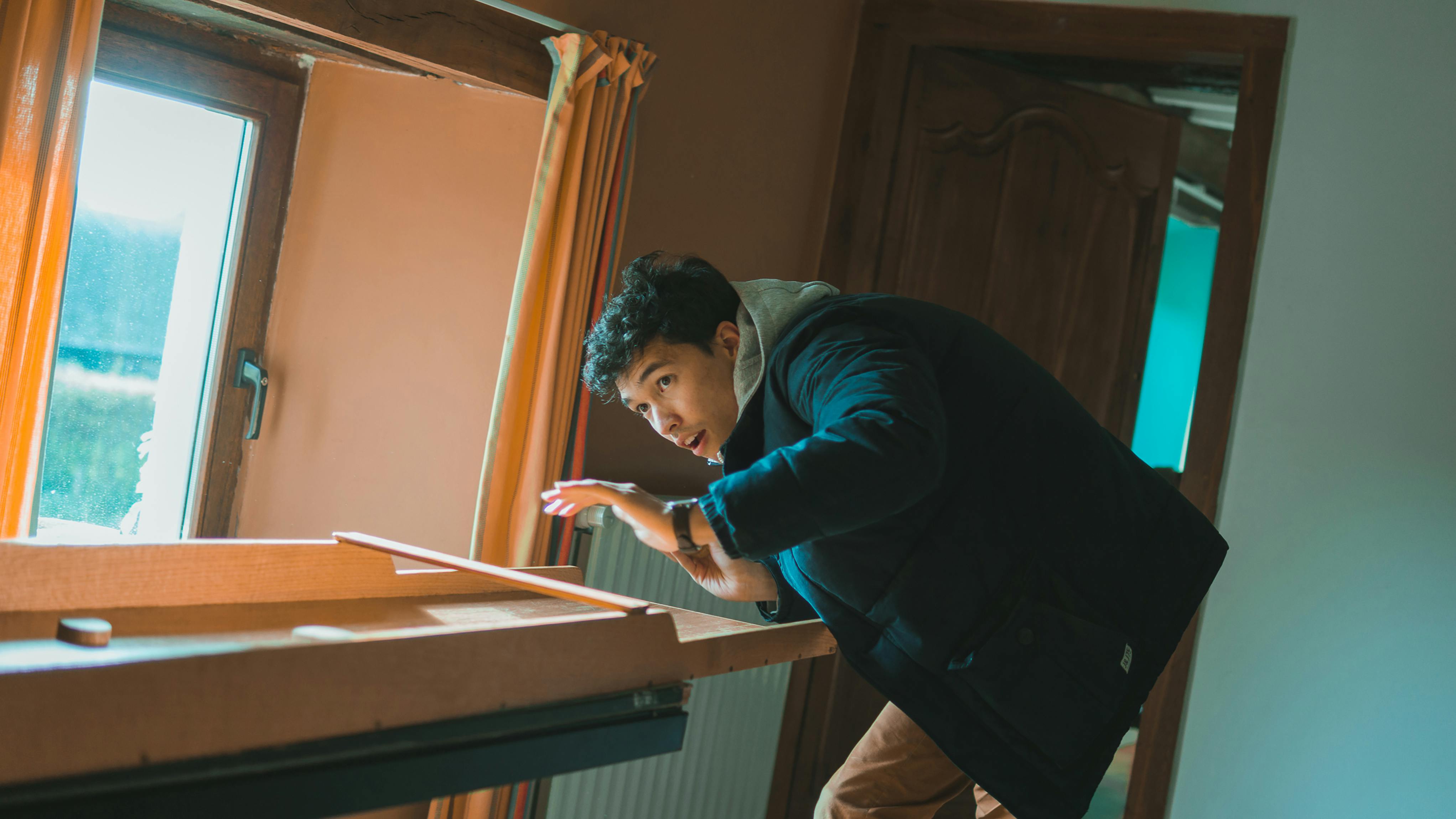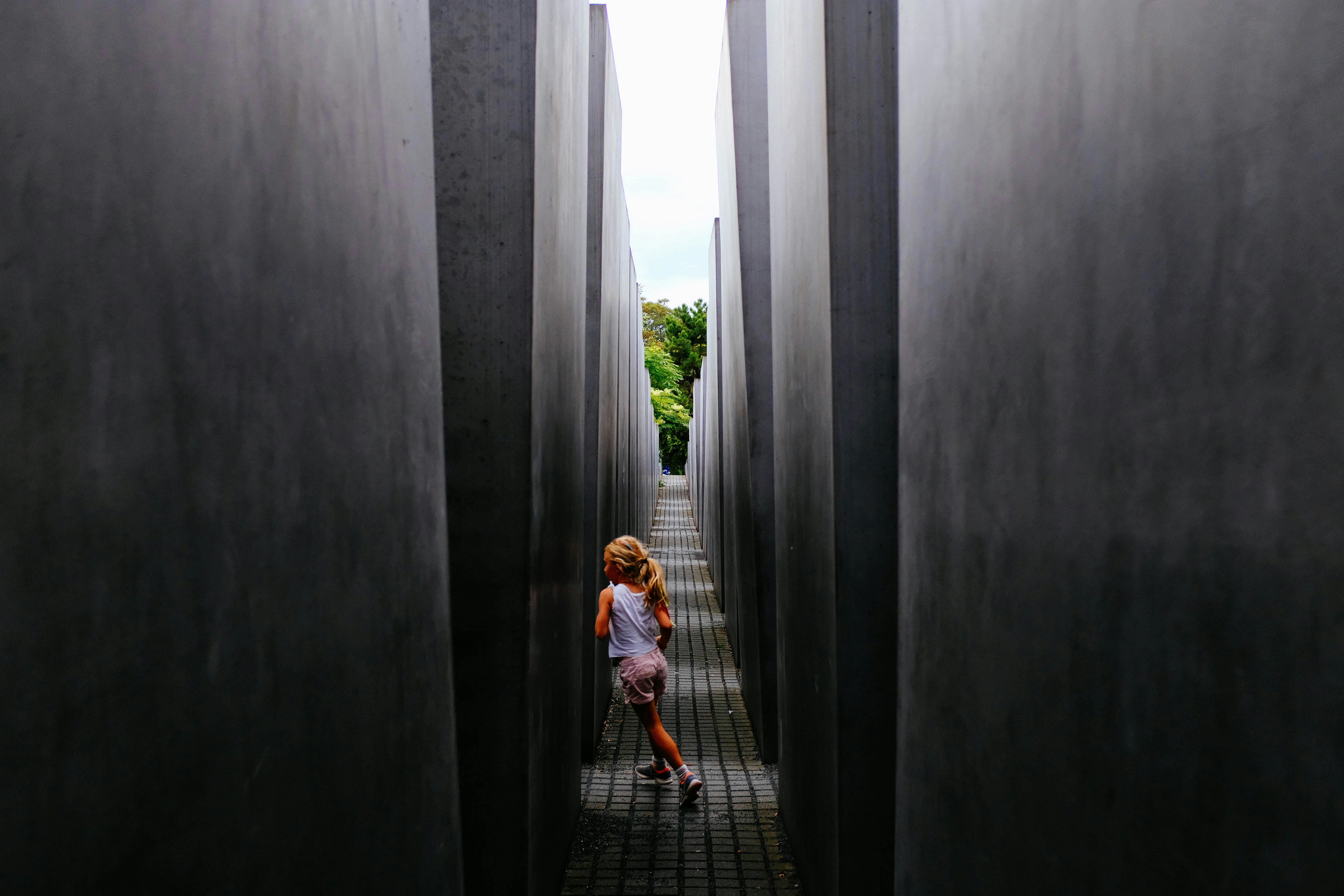Irish marriage traditions go back into history and many have survived in one form or another today. These Irish marriage traditions were rooted in nature, stemming from folklore and superstitions for generations. passed down from generation to generation. Today, Irish couples around the world seek to incorporate these ancient Irish marriage traditions into their modern wedding as a way to pay tribute or reconnect with their Irish heritage.
Have you ever heard the phrase “YOUR GOOSE IS COOKED”?
The expression “your goose is cooked” is still used in Ireland and especially in Dublin. The phrase originates from the tradition of cooking a goose for the groom at the bride’s home the night before the wedding. Once the goose was cooked, there was simply no going back!
Tying the knot … the Celtic knot
Perhaps the best-known Irish wedding tradition that most people don’t know about is getting married. Did you know that the phrase “tie the knot” originated with the ancient Celtic ceremony of hand fasting? This ancient Celtic tradition symbolizes the union of two in one like the exchange of rings today. The couple put their hands together and a brightly colored cord in the colors of the bridal party is wrapped around their hands as a symbol of their unity in the marriage.
IRISH LACE, an Irish bridal tradition
Irish lace is commonly used as an Irish bridal tradition. Irish lace started in the 1800s, many families in Ireland lived in small thatched cottages on land called crofts that produced crops for the lord of the mansion. The crofters were “very poor” with little money for their needs. Then the potato blight struck between 1845 and 1851 destroying crops and causing thousands of families to starve to death. Ursuline nuns were familiar with Venetian lace, brought from France. The nuns used their lace weaving skills to help save people from famine. They began to educate women to produce the fine crochet known as “Irish lace”. The wealthiest Irish families who could afford to buy the lace earned the name “Irish lace curtain.” Families had their own designs and motifs and closely guarded their patterns that were passed down from mother to daughter. The details were kept so secret that many of them disappeared when families died or fled poverty to other lands.
FLOWERS and clovers of course
For the good luck of the marriage, a sprig of clovers is placed in the bouquet. The lucky shamrock is also the symbol of Ireland. It is also customary to decorate the home in which the wedding was held with locally grown flowers and plants. These would vary depending on the time of year the wedding takes place. Some plants have been associated with Ireland, including the now available ‘Bells of Ireland’, used in modern times for their symbolism. A Celtic tradition in Wales involves the Myrtle plant which is presented by the bride to the bridesmaids who then plant it in their gardens. If the plant grew, then the bridesmaid would marry before the year is out.
THE MAGIC HANKY
It is now common for the “magic handkerchief” to be made of linen, although the original versions were likely made of cheaper materials. It was customary for the bride to wear the handkerchief on her wedding day and to keep it and then turn it into a christening cap / cap for her first child. The scarf would be passed down from generation to generation to be reused in a similar way. TEA
CLADDAGH RING
Irish jewelry is known to be steeped in Irish tradition. It is quite common for a traditional Claddagh ring to be worn to an Irish wedding, just like a wedding band. The ring faces outward before the wedding and is reversed to face inward on the hand after the wedding, indicating that the wearer is worn forever. The Claddagh ring is one of Ireland’s best-known romantic symbols.
THE HORSESHOE OF LUCK
The horseshoe tradition is well known all over the world and it is also well known in Ireland. By placing the horseshoe upright on a door or in a room, the “luck of the house” remained intact. The Greeks associated the horseshoe with the crescent moon and its symbolism of fertility. The tradition was popular throughout Ireland and England as well with the readily available horseshoe worn by the bride as she walked down the aisle. The groom then safely placed him in the marital home. Today, glass and ceramic horseshoes are used symbolically in Irish wedding ceremonies.
WEDDING BELLS and the makeup bell
The use of Church bells in Christian religions is a symbol of driving away evil spirits from the future marriage. In penal times in Ireland this was not possible, so the gift of a bell acted as a substitute. Modern Irish weddings often have stationery, invitations, pennants, and decorations adorned with bells, hearts, shamrocks, and horseshoes. A small glass or ceramic bell can be used in the Church service and kept as a keepsake. It is a tradition in Ireland to gift a couple a “make-up” bell for their wedding or anniversary, even engagement. The ringing of bells is believed to keep evil spirits away and restore harmony if a couple is fighting. The sound of the bell, much like a church bell, is to remind a couple of their wedding vows. This bell also rings when one of the partners is ready to “reconcile” and end any little dispute. Each partner must take turns ringing the bell, lest a fight start again.
IRISH WEDDING SUPERSTITIONS
It is considered better luck to marry during a time of plenty. A year of bountiful harvest bodes well for any newlywed couple. It is better for a man to be the first to wish his new Wife joy and happiness, and never a woman.
A wedding party should always avoid running into a funeral procession. It seems obvious.
When the bride and groom left the Church paper confetti to throw themselves at the fiancees, but in ancient times an old shoe was thrown over the bride’s head so that she would be lucky, although not so lucky if it hits the bride! !
Placing a statue of the ‘Infant of Prague’, a small statue of the Holy Child Jesus, in the Bride’s garden before the wedding is supposed to ensure that her big day is blessed with good weather.



